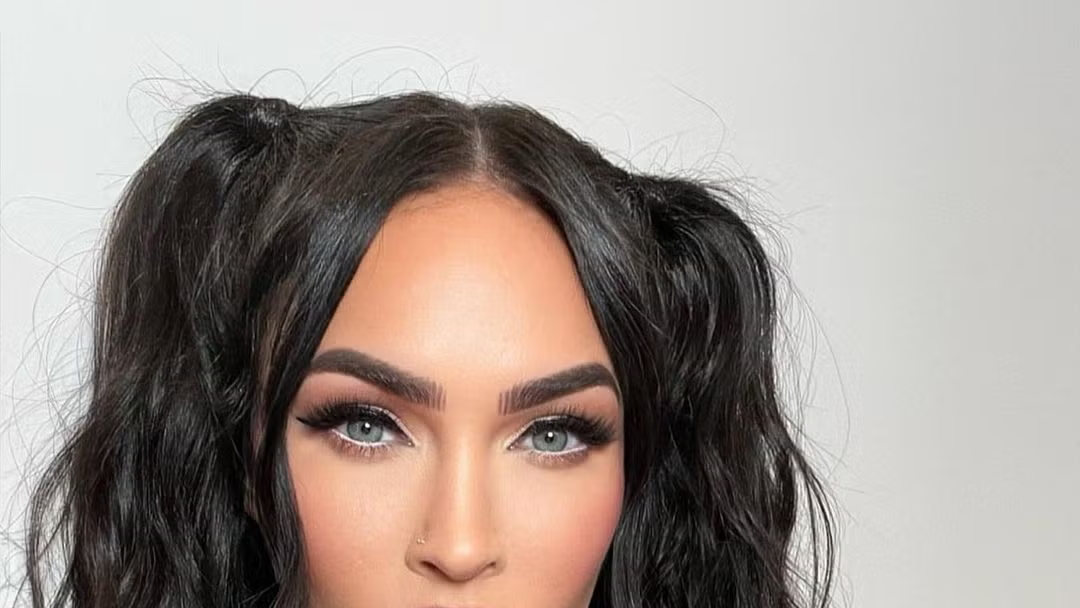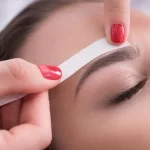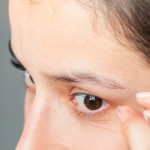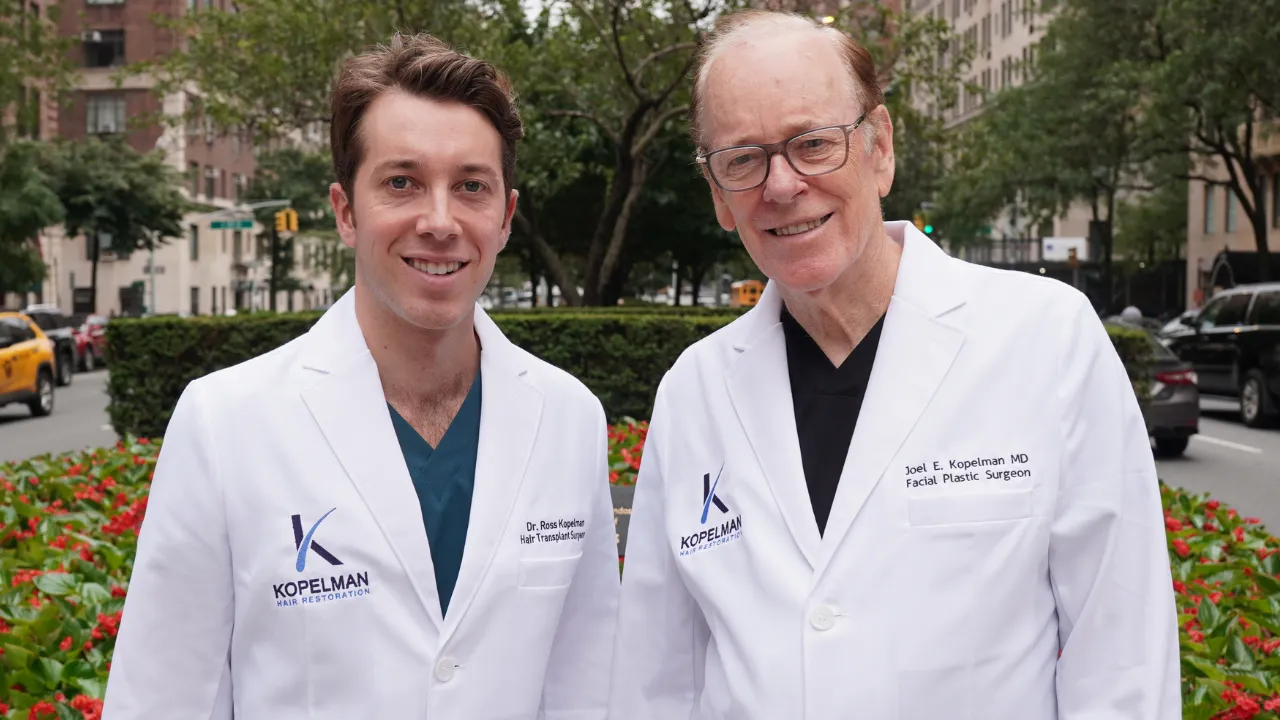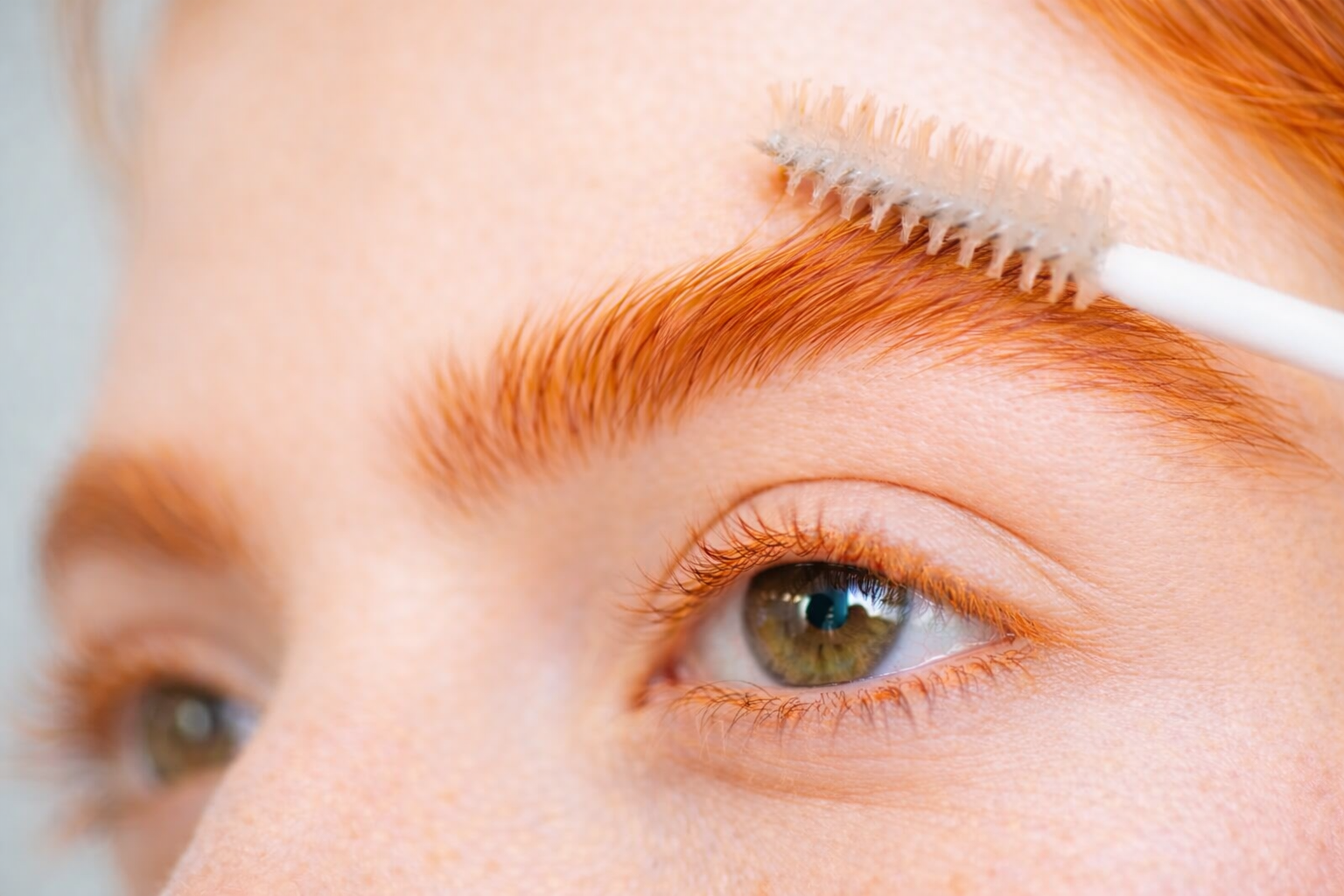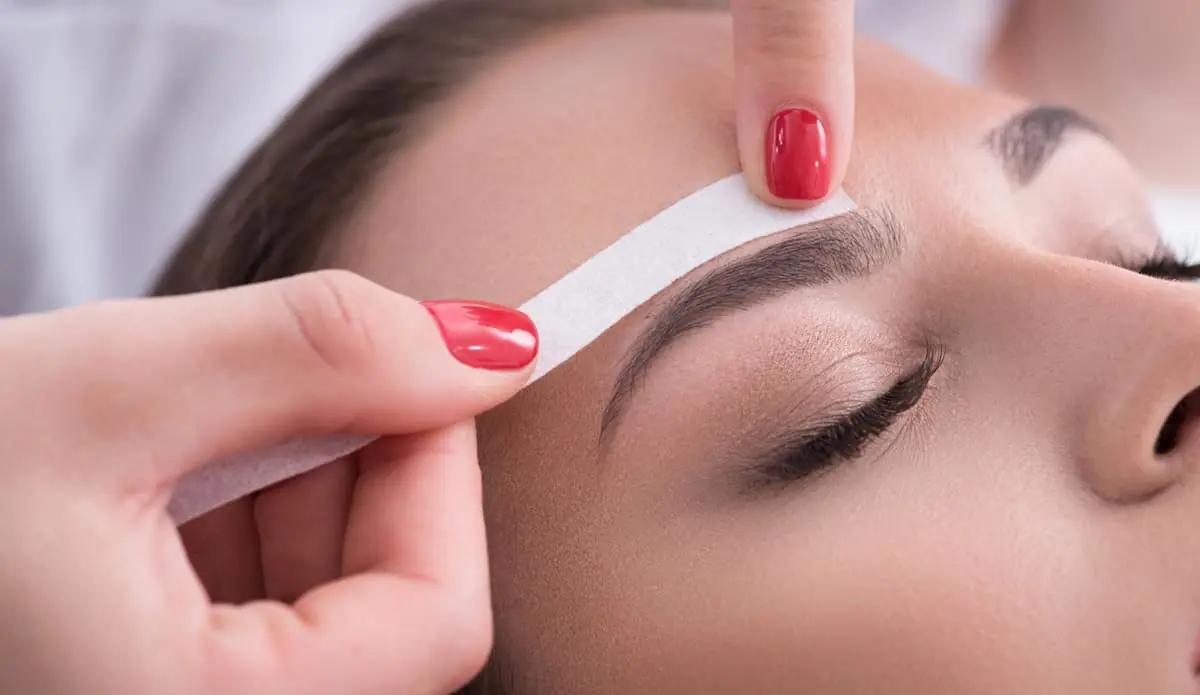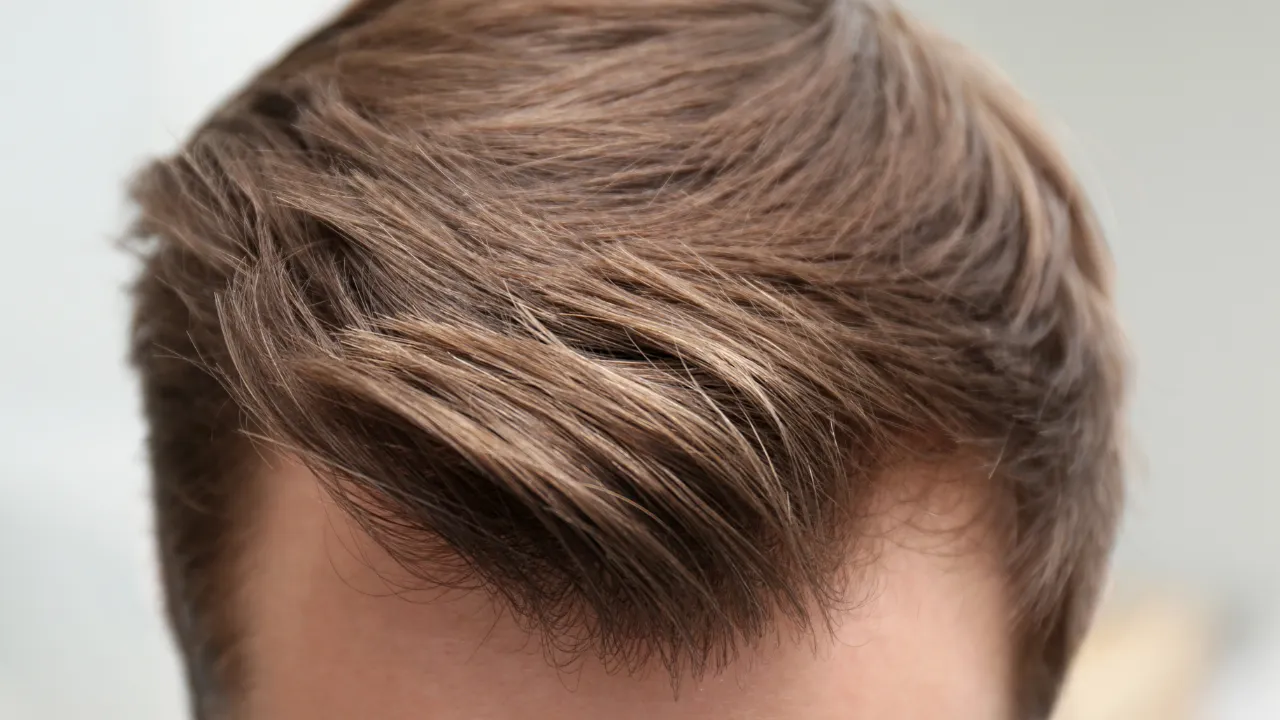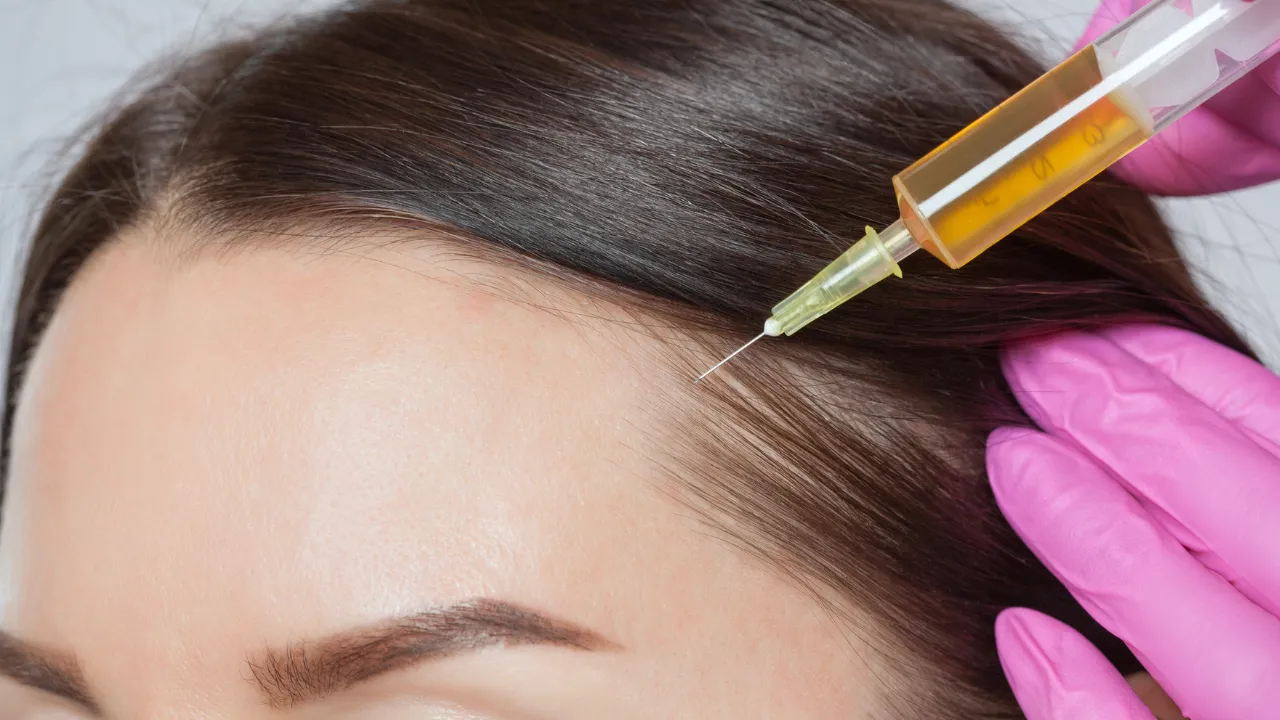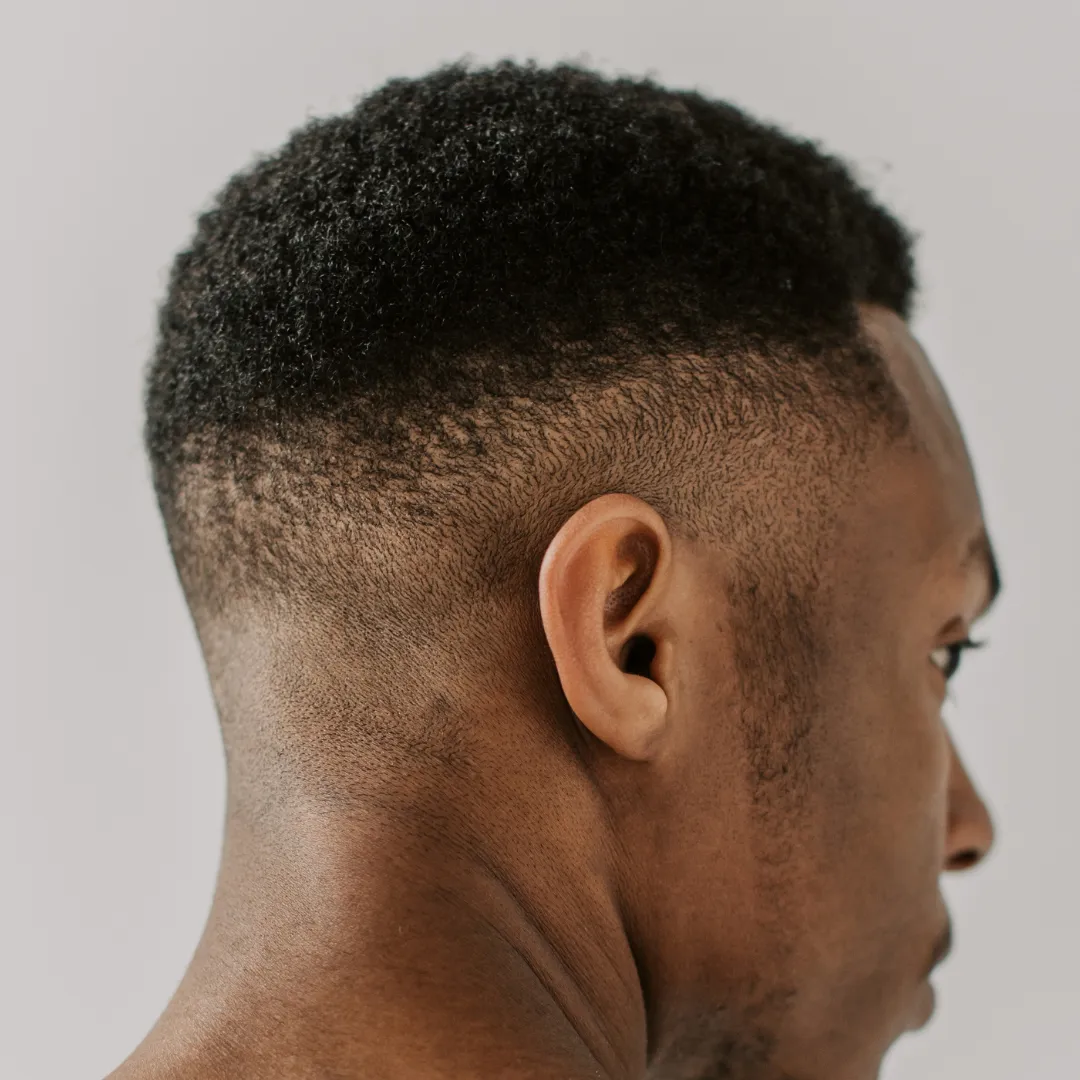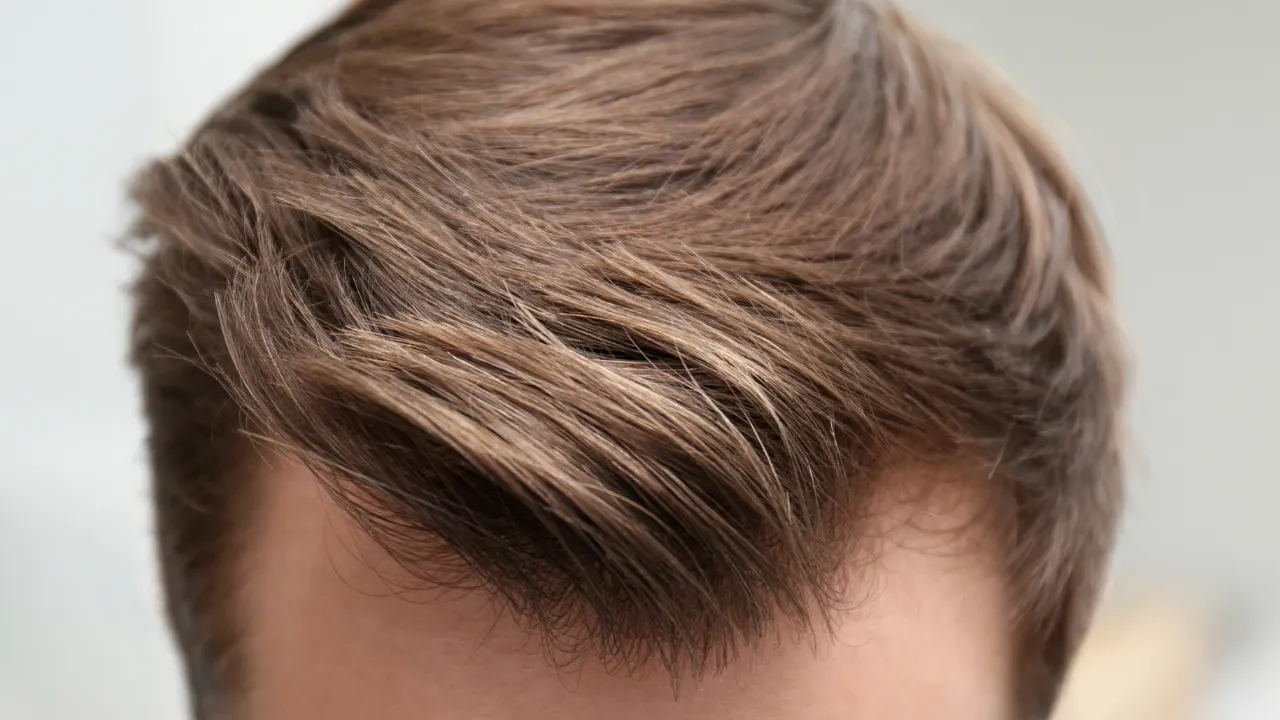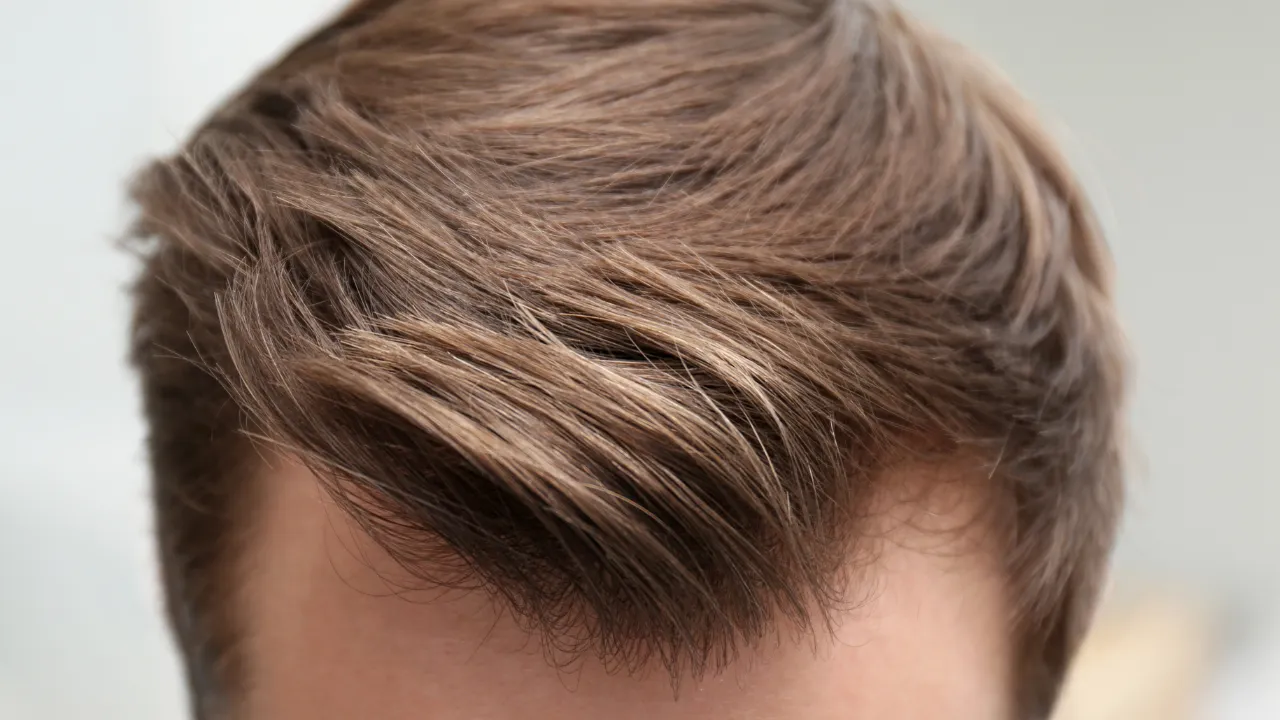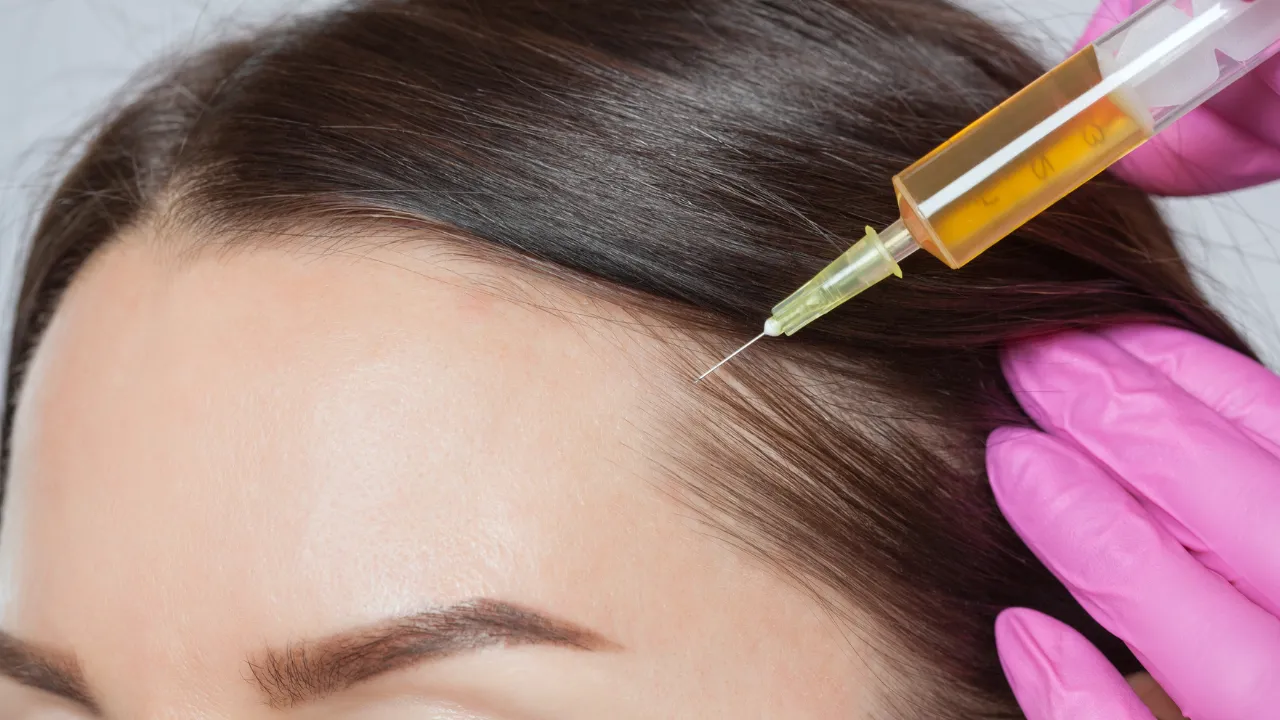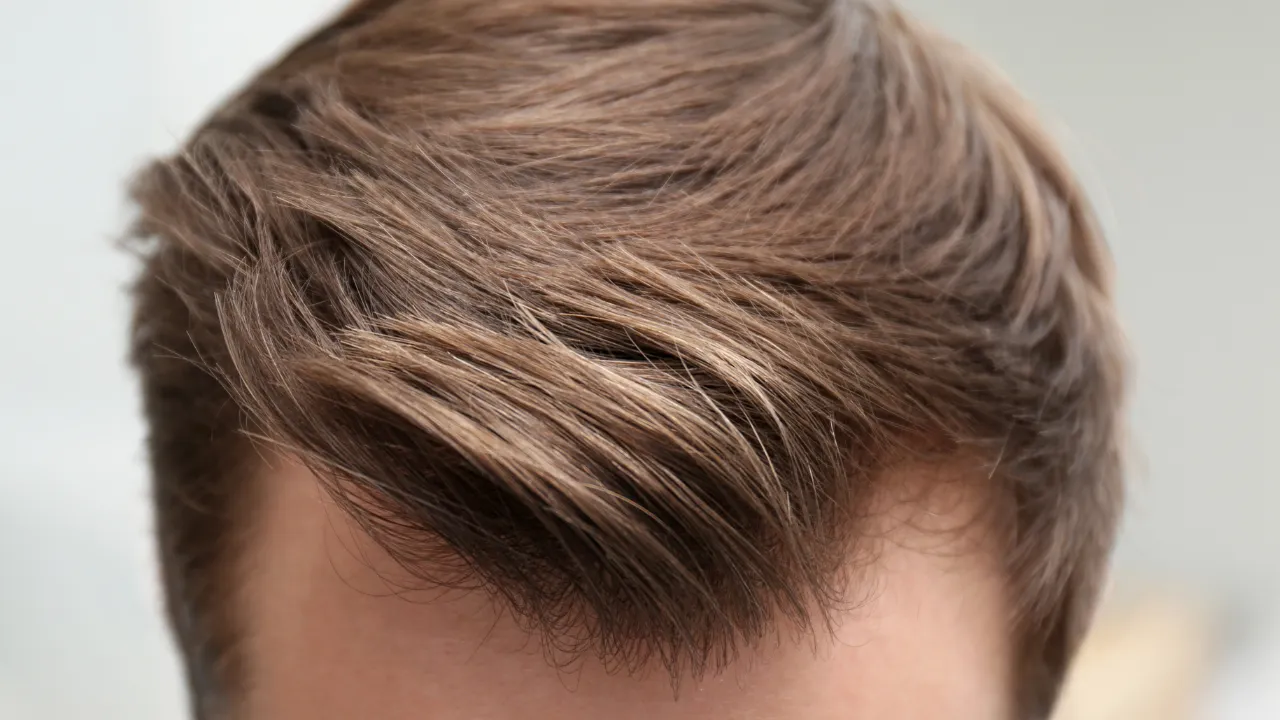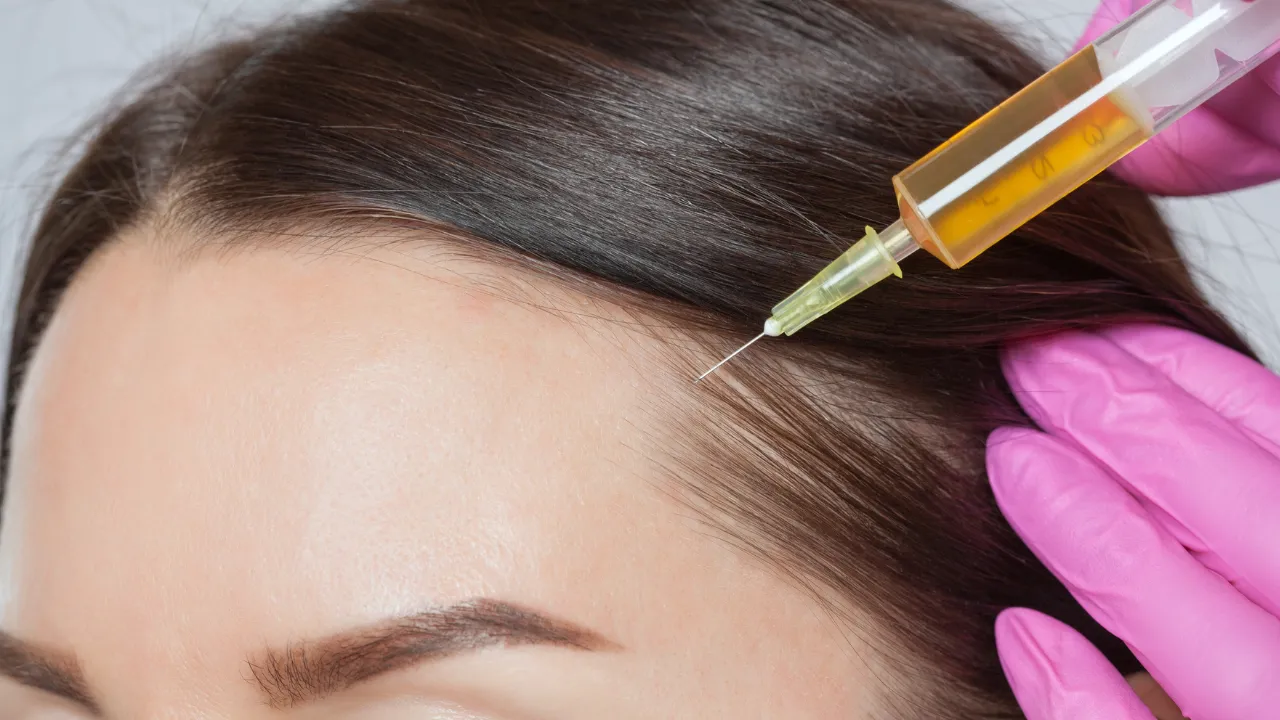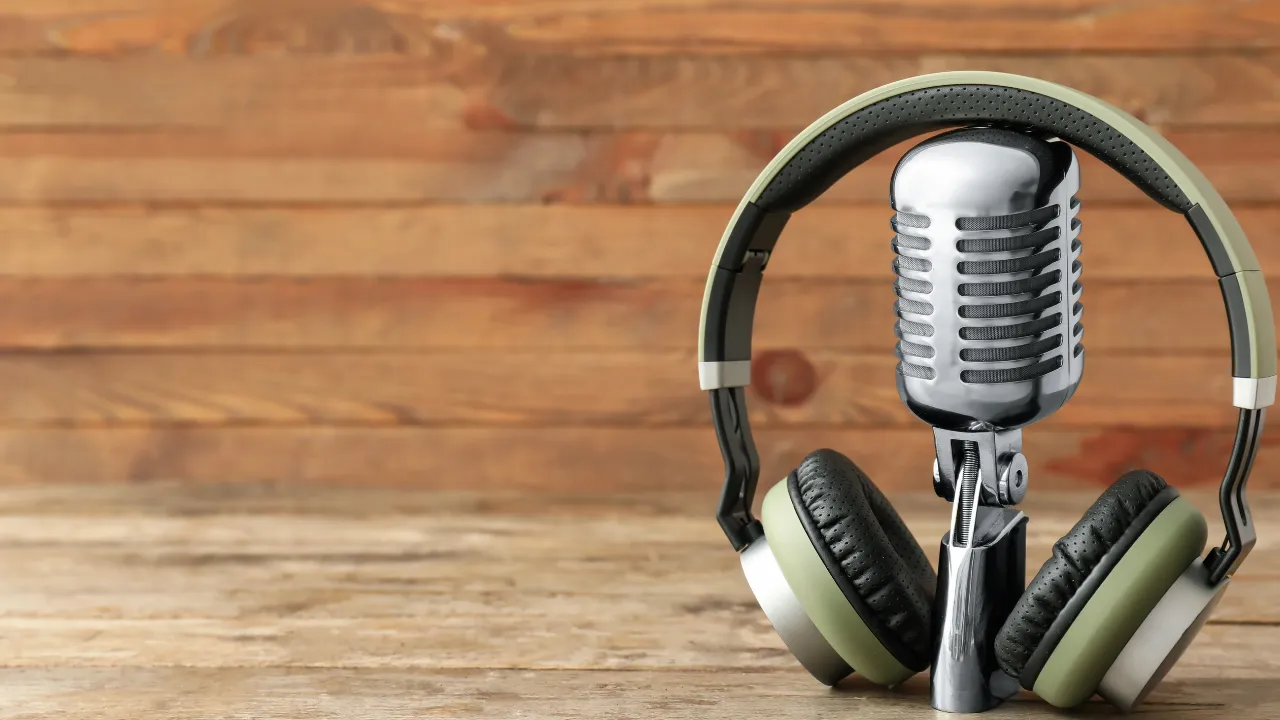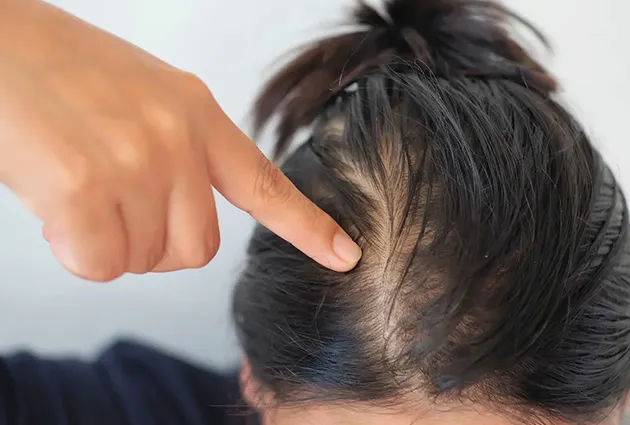Table of Contents
ToggleFacial hair transplants have gained popularity as more men seek fuller, well-defined beards. However, limited donor areas can make finding the right hair source challenging. One question arises: Can pubic hair be used for a beard transplant? While technically possible, it comes with significant considerations.
Dr. Kopelman, a recognized expert in hair restoration surgery, advises patients to carefully evaluate donor sources before choosing this option. In this article, we’ll explore the feasibility of using pubic hair for mustache and beard restoration, comparing it to traditional donor areas and examining risks, costs, and success rates.
If you are considering a beard transplant in New York, Dr. Kopelman offers special solutions for each patient. He ensures that the results look natural and last a long time.
Understanding Body Hair Transplants
Is Pubic Hair a Viable Donor Option?
Body hair transplants involve extracting follicles from non-scalp areas to restore hair in a new location. This method is commonly used when traditional donor areas, like the scalp, lack sufficient hair.
Pubic hair beard transplants are rare but possible through the FUE method (Follicular Unit Extraction). The process involves harvesting single hair follicles from the pubic area and implanting them into the recipient site, such as the mustache or beard.
However, pubic hair differs in texture, growth patterns, and density from beard hair, which can impact the final result. Understanding these differences is crucial before considering this approach.
What Hair is Used for Beard Transplants?
The most common donor areas for beard hair transplant procedures include:
- Scalp Hair – Matches beard hair in the growth cycle but is often straighter.
- Beard Hair (Neckline) – Ideal for filling in patchy areas but limited supply.
- Chest Hair – Thicker than scalp hair but softer than beard hair.
- Pubic Hair – Extremely curly and coarse, making it challenging to blend naturally.
Where Do They Get Hair for Beard Transplants?
Hair transplant specialists prioritize beard, scalp, and chest hair for optimal results. The donor area is selected based on hair type, density, and compatibility with the beard’s natural appearance.
When scalp or chest hair is unavailable, some patients explore transplanting body hair, including pubic hair. However, due to pubic hair’s unique texture and curl pattern, it is usually a last-resort option.
Pubic Hair as a Donor Source – Is It Effective?
If you’re curious about how a beard transplant transforms facial hair, check out these before and after results of beard transplants to see real patient outcomes.
Pubic vs. Traditional Donor Hair – Which Works Best?
Beard transplant pubic hair poses challenges compared to traditional donor areas like the scalp or chest. The key differences include:
- Texture: Pubic hair is coarser and curlier than beard hair.
- Growth Cycle: Pubic hair has a shorter anagen (growth) phase, leading to limited long-term density.
- Aesthetic Appeal: A pubic hair beard transplant can result in mismatched texture and thickness, making it difficult to blend seamlessly.
Due to these factors, specialists like Dr. Kopelman recommend more traditional donor sources before considering pubic hair for beard transplants.
How Does Pubic Hair Compare to Chest and Scalp Hair?
- Scalp Hair: Best for high-density restoration but may be too straight.
- Chest Hair: Closest match to beard texture but grows in different directions.
- Pubic Hair: Highly curly, which may result in unnatural beard patterns.
Given these differences, most experts prefer chest or scalp hair when restoring facial hair.
Can Pubic Hair Be Transplanted to the Head?
Yes, but it is not ideal. Pubic hair’s shorter growth cycle limits its ability to create a natural hairline or blend well with scalp follicles.
Experts recommend beard or chest hair for scalp restoration, as they provide better coverage and blending with natural hair.
The Transplant Process & Potential Risks
A beard transplant without proper technique and expertise can result in unnatural growth patterns, scarring, or poor density. Learn more about potential risks and how to avoid them in our article on beard transplant gone wrong.
How is Pubic Hair Transplanted?
A pubic hair beard transplant follows the FUE hair transplant technique, which includes:
- Donor Hair Extraction – Individual hair follicles are harvested from the pubic region.
- Preparation of Follicular Units – Extracted follicular units are cleaned and sorted.
- Implantation into the Beard – Hair grafts are implanted in the recipient area at precise angles to mimic natural growth.
Since pubic hair is shorter and curlier, extra care is required to ensure aesthetic blending.
What Are the Risks of Using Pubic Hair?
Transplanting pubic hair to the beard can lead to several complications:
- Unnatural Appearance – The tight curl of pubic hair may not match beard growth.
- Scarring in the Donor Area – Extracting hair grafts from the pubic region can cause visible scarring.
- Low Success Rates – Due to different hair growth cycles, transplanted pubic hair may shed faster than expected.
How Many Grafts Are in the Pubic Area?
The number of grafts available depends on the density of hair follicles in the pubic region. On average:
- Chest Hair: 2000+ grafts available.
- Beard Hair: 1000-1500 grafts available.
- Pubic Hair: 500-800 grafts max, making it a limited resource.
Modern FUE hair transplant techniques minimize beard transplant scars, but proper aftercare is essential to ensure smooth healing.
Read more about what to expect and how to reduce scarring in our beard transplant scars guide
Better Alternatives to Pubic Hair for Beard Transplants
Can You Use Chest Hair for a Beard Transplant?
Yes, chest hair is a better alternative than pubic hair due to:
- Similar thickness to beard hair.
- Higher availability of hair grafts.
- More natural blending with facial hair.
What’s the Best Body Hair for Beard Transplants?
The best donor area depends on the patient’s facial hair density and growth goals. Generally:
- Scalp hair – Best for large areas but may lack density.
- Beard hair – Ideal for patchy areas but limited supply.
- Chest hair – Best non-scalp alternative due to its texture.
People with coarser hair, like African Americans, require special techniques to create a natural, full appearance. Learn more about the procedure in our detailed African American beard transplant guide.
Men with finer or straighter facial hair may find a type of transplant that looks at unique hair traits for the best blending. For more details, visit our Asian beard transplant guide.
Cost and Considerations
The cost depends on several factors, including the number of grafts required and the complexity of the procedure. For a detailed breakdown, visit our guide on beard transplant costs in NYC.
How Much Does a Beard Transplant with Pubic Hair Cost?
The cost of using pubic hair for beard transplants depends on:
- The number of grafts needed.
- The complexity of implantation (due to texture differences).
- Specialist expertise in handling non-traditional donor hair.
A beard transplant using pubic hair may cost $5,000–$15,000, depending on procedure complexity.
What Are the Disadvantages of a Beard Transplant?
- Extended healing time due to sensitive donor sites.
- Potential mismatched texture leading to unnatural appearance.
- Higher risk of ingrown hairs from curlier hair types.
Final Thoughts – Should You Use Pubic Hair for a Beard Transplant?
When is Pubic Hair a Good Option?
Using pubic hair for mustache and beard restoration may be considered when:
- Scalp and chest donor hair is unavailable.
- Patients accept a slightly different texture.
- A skilled specialist ensures proper implantation.
Who is a Good Candidate for This Procedure?
Ideal candidates:
- Those with limited traditional donor hair.
- Patients seeking minor density improvements.
- Individuals willing to accept textural differences.
Final Verdict: While technically possible, a beard transplant using pubic hair has significant challenges. Dr. Kopelman recommends alternative donor areas like chest and scalp hair for more natural-looking results. Patients should consult an experienced hair restoration surgeon before making a decision.



